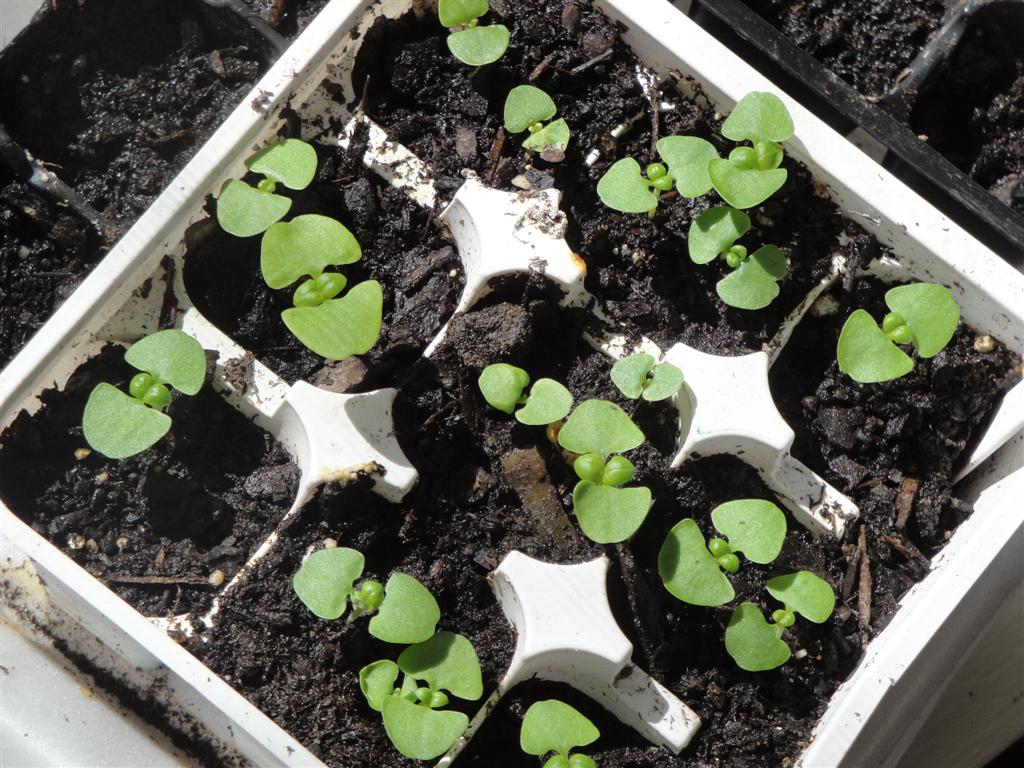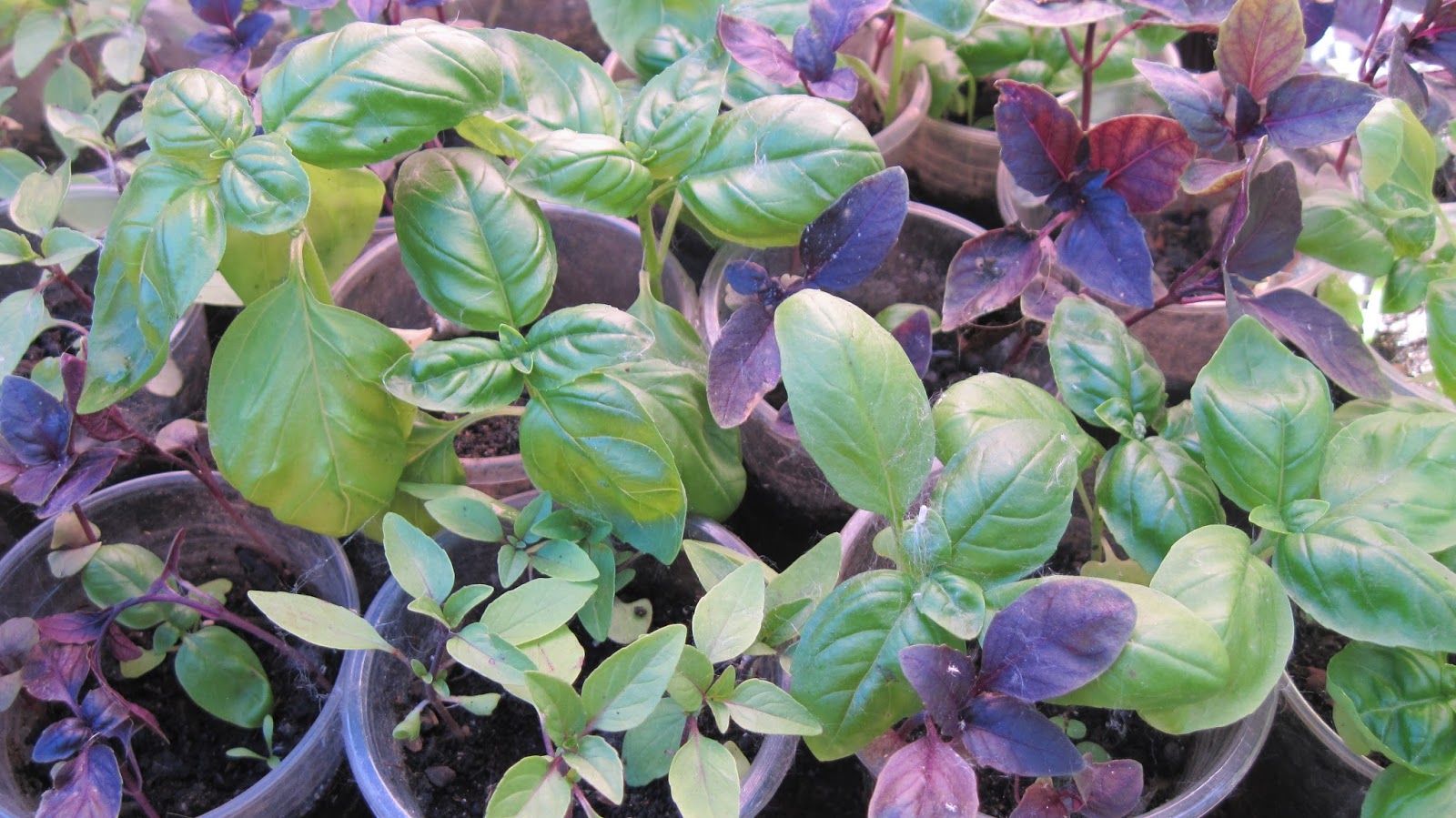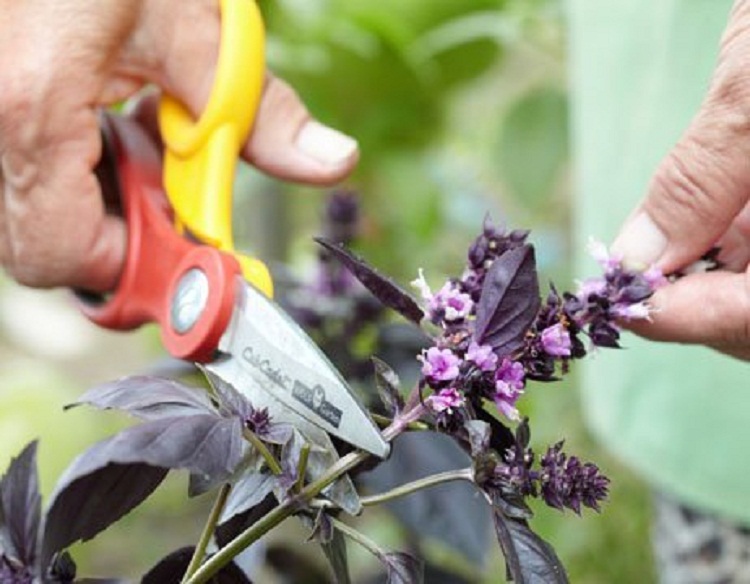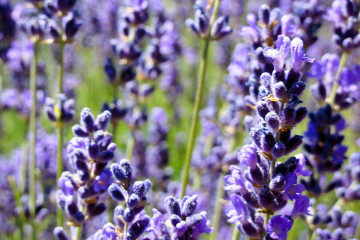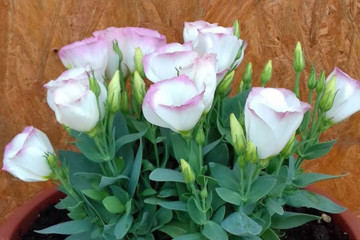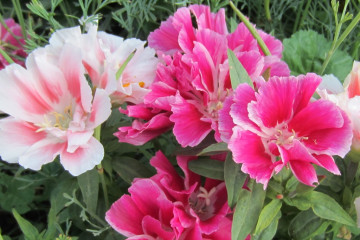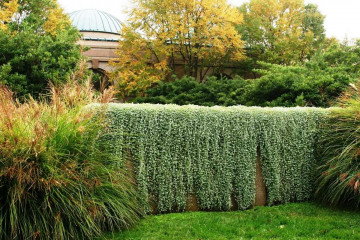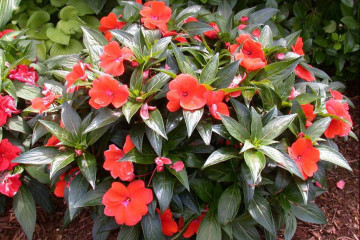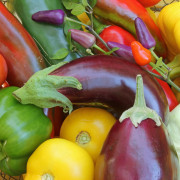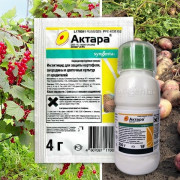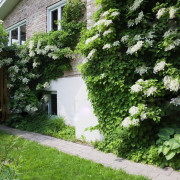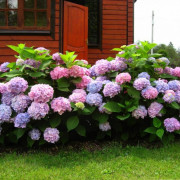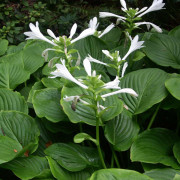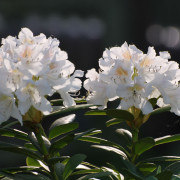Basil - growing from seeds at home on a windowsill
Content:
Basil not only gives dishes a delicate aroma, but also contains useful vitamins and minerals. A basil bush planted on the site makes it more attractive and repels harmful insects. To get the spice in the early stages, it is necessary to plant basil seedlings at home.
Opinions about the birthplace of the basilica differ: some believe that this is Africa, others that Asia. In the wild, it is found in China, Africa, Iran, Asia and even the Caucasus. If earlier basil was grown for medicinal purposes, now it is widely used as a spice in the preparation of various dishes. For these purposes, it is grown in personal plots and at home.
Basil care at home
To get a full harvest at home, you need to know how to properly plant and care for the spice. Basil is picky about light, warmth and soil moisture.
The key to obtaining a quality plant is following several recommendations:
- For planting, use high-quality soil;
- Watering should be regular;
- Choose a sunny place for seedlings;
- When planting in a short daylight hours, the plant is provided with additional illumination;
- Basil variety is chosen depending on taste preferences.
Variety of varieties
Basil has many varieties that differ in taste, appearance and ripening times. Some of the most popular are:
- l Purple;
- l Camphor;
- l Lemon;
- l Mexican;
- l Beam;
- l Small-leaved.
They can be categorized as purple and green by color, and also by taste. All of them can be grown through seedlings.
Growing basil seedlings
Basil growing from seeds
If basil is properly planted on seedlings, the seedlings will appear in 1-2 weeks. This is best done in mid or early March. Then, by the time of planting, the plant will have time to get stronger.
Basil soil
For planting, they use both store land and prepared independently. For this, peat, compost and sand are mixed in a ratio of 4: 2: 1.
The prepared mixture is disinfected by heating it in the oven or spilling it with boiling water. Store land is recommended to be treated with a solution of potassium permanganate.
Seed preparation and sowing
The seeds are sown in early spring. To improve germination, they are pre-soaked in a mouth stimulator. Then the seeds are soaked in a solution of potassium permanganate for 2 hours (for disinfection). At the end, the seeds are dried.
Start landing:
- Moisten the soil;
- Seeds are sown by immersing them in the soil by 1 cm;
- The distance between the rows is 7 cm;
- The container is covered with foil or glass;
- Placed in a warm place, keeping the temperature around 23 degrees;
- Shoots will appear in 10 days;
- When their height is 5 cm, soil is added to the container to support the seedlings.
Seedling appearance
Good quality seedlings have a strong stem with healthy leaves and a developed root system. When seedlings appear, the quality of the seedlings is indicated by the rich color of the leaves, corresponding to the variety.
Seedling care
To get a good harvest, you should follow the rules for caring for the plant:
- The soil should be constantly moist, while the plant should not be in water.
- The grown plant is watered daily. The best time for this is in the morning, then during the day the water will have time to evaporate.
Secrets of growing basil on a windowsill
Basil and mint are becoming more and more popular in the home. There are several secrets to growing basil on a windowsill. First, you need to choose the right variety. Although basil is unpretentious, it is best to choose varieties with small and frequent foliage. Yerevan and Baku varieties are perfect. Cultivars with large foliage need more micronutrients for successful growth.
Secondly, they choose the method by which the plant will be grown. It can be germinated from seeds, you can buy ready-made seedlings. In the first case, the result is usually better, but it will take longer from the moment of planting to receiving seedlings.
Third, choose the right pot. Its volume should be at least 1.5 liters, since small containers are not suitable for good growth. You can plant basil in a container, but a certain distance is maintained between the plants.
Fourthly, temperature and light conditions should be observed. The optimum temperature is from 20 to 24 degrees. Daylight hours should be about 16 hours, otherwise additional lighting will be required.
Variety selection
When grown at home, preference is given to undersized varieties.
You can also choose a variety depending on your taste preferences. In this case, the most interesting varieties are:
- Citric. In terms of taste and smell, it is similar to lemon and lemon balm.
- Lemon miracle. Another lemon-flavored variety.
- Spherical grade Perfume. Spicy aroma with mulled wine aftertaste.
- Dark opal. A deep purple bush with a clove-peppery aroma.
- Caramel. A high-yielding variety with a caramel-fruity aroma.
- Clove. Early variety with anise-clove flavor.
Basil varieties can be listed for a long time, the choice of a variety is a matter of taste. The main purpose of Lemon Basil is to grow to be added to tea, Perfume varieties are used as a spice, Caramel is added to drinks.
Harvest time
After 1.5 months after germination, the first crop can be cut. To do this, cut off the upper leaves, be sure to leave 3 leaves. After the formation of the third tier of leaves, the top of the plant is pinched off, thus making it bush.
Cutting by the rules
Fresh indoor basil greens can be obtained by uprooting the plant or cutting off the leaves. If the priority is to obtain several harvests per season, then it is better to cut the green mass.
When cutting, up to 4 leaves are left on the stem. The rest can be safely cut off. It is with this preparation that basil quickly grows new leaves.
During the first cut, the top is also cut off, thanks to which the spice begins to grow not in height, but in width. An intensive build-up of green mass takes place.
After harvesting, full watering and feeding are carried out. You should also loosen the soil.
When re-cutting, trimming the tip is not necessary. When growing basil on a windowsill, harvesting can be carried out continuously as soon as the green mass grows.
Following the above algorithm, you can provide yourself with fresh basil all year round.Growing from seeds at home will require minimal financial and labor costs.


